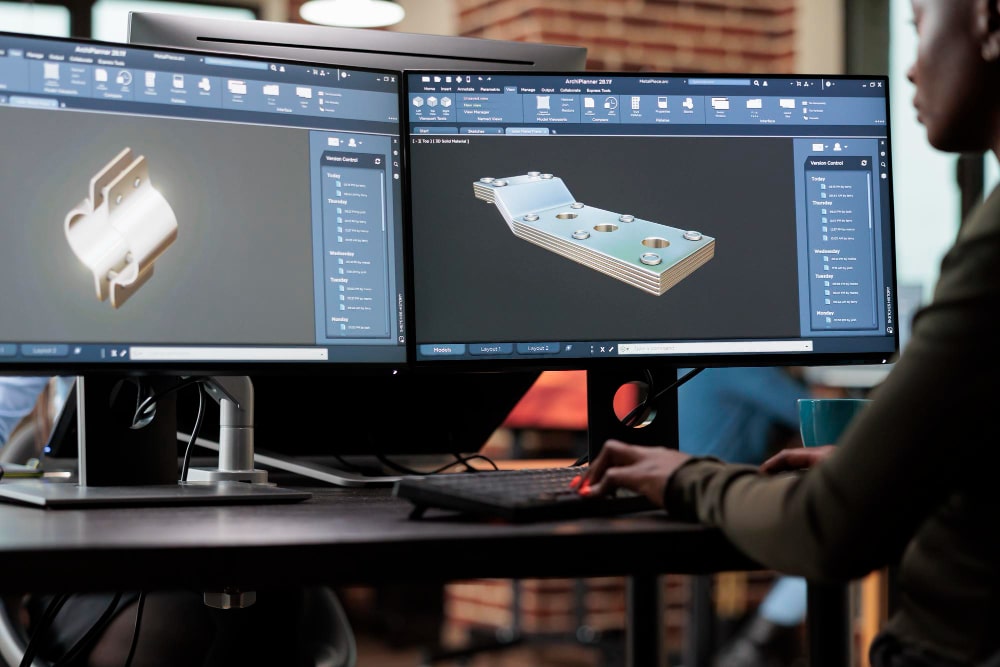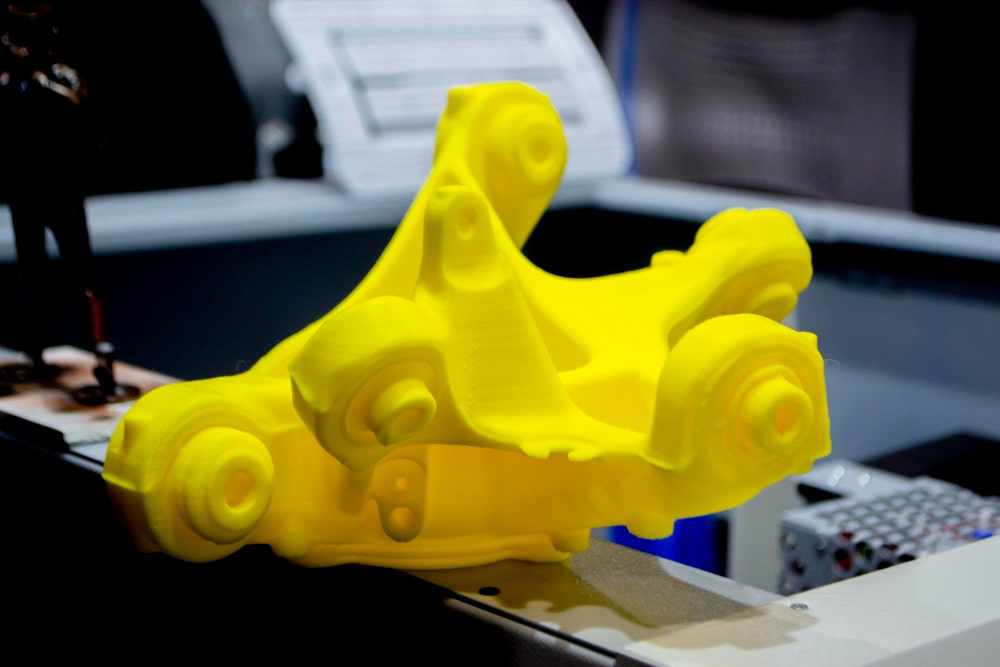Aerospace 3D printing is revolutionizing the way we design, manufacture, and maintain equipment in the space industry. This innovative technology allows for the creation of complex parts with astonishing precision while optimizing costs and production times.
At 3Dock, we know the details about these advanced solutions, and today we’re telling you everything.

From manufacturing lightweight components to producing customized parts, 3D printing is significantly transforming the aerospace industry.
One of the biggest benefits of 3D printing in aerospace is the ability to produce parts with complex geometries that would be impossible to manufacture with traditional methods.
This enables the creation of more efficient and lighter components, reduces the number of required parts, and simplifies the assembly and maintenance of aircraft.
The adoption of 3D printing in aerospace component manufacturing offers numerous advantages that are driving innovation in the industry.

The practical applications of 3D printing in the aerospace industry are vast and varied, ranging from the production of small parts to complex structural components.
One of the most prominent applications is spare parts manufacturing. The ability to print parts on demand reduces the need to maintain large inventories of spare parts, which in turn reduces storage costs and improves operational efficiency.
Another important application is the creation of functional prototypes. 3D printing allows engineers and designers to quickly and inexpensively create prototypes, speeding up the development process and allowing for testing and adjustments before final production.
Advanced composite materials, such as carbon fiber composites and high-performance polymers, offer a combination of lightweight and strength that is ideal for aerospace applications.
These materials allow for the creation of parts that are both strong and lightweight, improving fuel efficiency and overall performance of aircraft and spacecraft.
Advanced metals, such as titanium and aluminum alloys, are also increasingly being used in aerospace 3D printing. These metals offer high tensile strength and corrosion resistance, making them ideal for applications in extreme environments, such as outer space.

One of the main drivers of the future of aerospace 3D printing is space exploration. As missions to distant destinations become a reality, the ability to print parts and tools in space will be crucial for the success of these missions.
3D printing will allow astronauts to manufacture what they need in space, thus reducing dependence on supplies sent from Earth. This technology also has applications in the construction of space stations and other habitats beyond Earth.